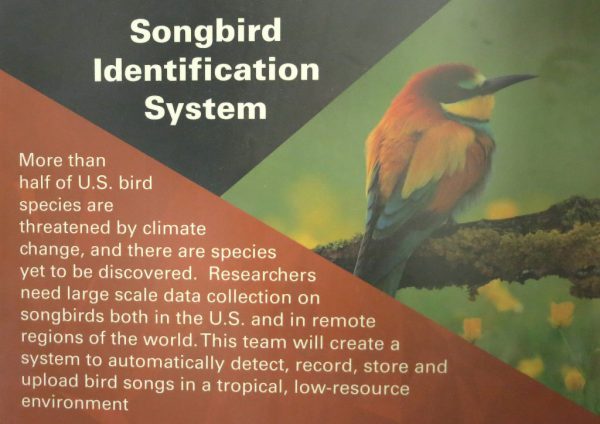-
 FellowshipHello friends, this is Yifan again. As the end of the summer draws near, my summer research is also coming to a conclusion. The work I did over the summer was very different from what I expected. Since this is a wrap up post for an ongoing project, let us first go through what exactly […]
FellowshipHello friends, this is Yifan again. As the end of the summer draws near, my summer research is also coming to a conclusion. The work I did over the summer was very different from what I expected. Since this is a wrap up post for an ongoing project, let us first go through what exactly […] -
 EducationAcoustic Wildlife Recording promotes Citizen Science! Here at Backyard Brains, we are all about citizen science, or the idea that the scientific community benefits from the collaboration with members of the general public for collecting and analyzing information about the natural world. Very DIY, very much the “for everyone” in our slogan. In 2017, Backyard Brains […]
EducationAcoustic Wildlife Recording promotes Citizen Science! Here at Backyard Brains, we are all about citizen science, or the idea that the scientific community benefits from the collaboration with members of the general public for collecting and analyzing information about the natural world. Very DIY, very much the “for everyone” in our slogan. In 2017, Backyard Brains […]